How to treat bug bites, according to doctors
Select independently determines what we cover and recommend. When you buy through our links, we may earn a commission. Learn more.
Itchy, red and generally uncomfortable, bug bites are not only hard to avoid, but they can be tough to get rid of, too. Still, you don’t have to choose between the great outdoors and suffering through mosquito bite after mosquito bite. Dedicated treatments can help alleviate itchiness, redness and other common symptoms that may result from a reaction to the bite.
SKIP AHEAD The best bug bite treatments of 2023 | How to identify a bug bite | How to shop for the bug bite treatments | How to prevent bug bites
While they may vary in their exact symptoms, bug bites tend to be itchy, red bumps that are usually edematous (slightly swollen) from the inflammation, according to Dr. Jeremy Fenton, a board-certified dermatologist at Schweiger Dermatology in Long Beach and New York City, NY.
To learn more about the different ways to treat bug bites and how to shop for the right ointment for you, we spoke to three experts about what to look for in a formulation. We also included some of their recommendations for the best bug bite treatments of 2023.
Our top picks
Best overall: Cortizone-10 Maximum Strength Anti-Itch Creme
Best steroid-based: Sarna 1% Hydrocortisone Whipped Foam
Best calamine-based: Caladryl Lotion Calamine Plus Itch Reliever
Best pen: After Bite Itch Eraser
Related: Experts recommend ensuring any insect repellents you purchase are EPA-registered.
How we picked the best bug bite treatments
To compile guidance on how to shop for the best bug bite treatments, we spoke to two board-certified dermatologists and a double board-certified allergist and immunologist about what ingredients to look for how in a treatment and other factors to consider. They recommended keeping the following in mind:
Active ingredients: There are a variety of over-the-counter ingredients that can help ease the discomfort of a bug bite. For instance, over-the-counter levels of hydrocortisone can be a good option, as can calamine and antihistamine lotions. If you’re really uncomfortable, you can also ask your doctor about prescription-strength topical steroids.
Targeted symptoms: Since bug bites can appear with some combination of redness, swelling and itchiness, allow your exact symptoms to guide your treatment choices. “If you have pain and swelling, you can apply ice or a cold pack,” says Dr. Martin Smith, a double board-certified allergist and immunologist in Cleveland, OH, and founder of Untoxicated Skincare. “If you have mainly itching, then a cream with calamine helps. You can also apply a low-dose steroid cream.”
Packaging: While lotions and creams will typically come in tubes or bottles, you can now find pens on the market that are portable and make application quick and easy. They can come in especially handy if you plan to be outdoors and at risk of being bitten.
The best bug bite treatments of 2023
The best way to treat a bug bite depends on both the symptoms and the active ingredients within a given formula, according to our experts. For instance, over-the-counter steroid creams can be helpful for limiting itchiness, while ingredients like calamine and topical antihistamines may also minimize discomfort. Below, we compiled expert-recommended treatments that help calm and comfort the bite in question.
Gold Bond Medicated Pain & Itch Relief Cream with Lidocaine
For temporary relief, consider this cream, which includes 4% lidocaine (a topical numbing agent). This “can help numb the area and reduce itching and any pain — it won’t make the bite go away any faster though,” says Fenton. Not only is it hypoallergenic and fragrance-free, but it’s also free of steroids — so those with sensitive skin should be okay to use it.
Active ingredients: Lidocaine | Best for: Itching and pain
Gold Bond Medicated Pain & Itch Relief Cream with Lidocaine
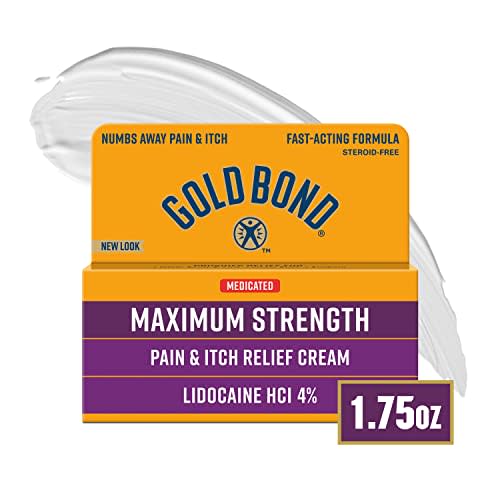
Gold Bond Medicated Pain & Itch Relief Cream with Lidocaine $ at Amazon
Gold Bond Medicated Pain & Itch Relief Cream with Lidocaine $ at Walmart
Gold Bond Medicated Pain & Itch Relief Cream with Lidocaine $ at Walgreens
After Bite Itch Eraser
Two of our experts recommend this pen, which you can dot onto a bite. An ammonia solution like this can be helpful for relieving itching, burning and pain, according to Dr. Hadley King, a board-certified dermatologist in New York City. Because of that, this eraser is good for any itchy insect bite like chiggers and mosquitos, according to Fenton. That said, its success can vary from person to person. This formula “can sometimes help, but results vary widely and are not universally impressive,” says Fenton.
Active ingredients: Baking soda | Best for: Itching and pain
After Bite Itch Eraser
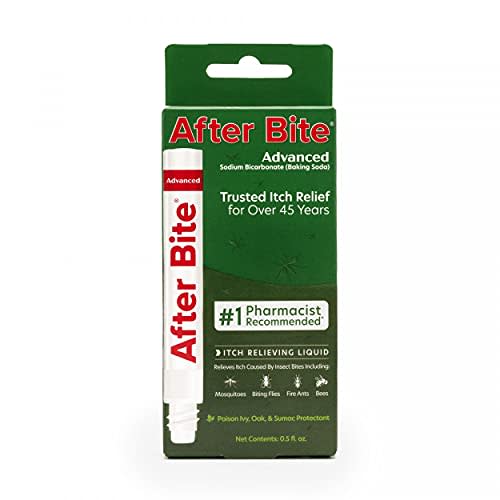
After Bite Itch Eraser $ at Amazon
After Bite Itch Eraser $ at Walmart
After Bite Itch Eraser $ at Walgreens
Bite Away Electronic Heat Pen for Sting and Bug Bite Relief
For a more outside-the-box approach, this bug bite treatment delivers concentrated heat to the bite, according to King. “Studies demonstrate a reduction in swelling, pain and itching [with this method],” she says. In lieu of active ingredients, this pen uses a 124-degree Fahrenheit pulse to trigger the body's healing response, allowing it to quickly alleviate irritation and itchiness, according to the brand. (Because of the zap, though, it may not be kid-friendly.)
Active ingredients: None | Best for: Swelling, itching and pain
Bite Away Electronic Heat Pen for Sting and Bug Bite Relief

Bite Away Electronic Heat Pen for Sting and Bug Bite Relief $ at Target
Bite Away Electronic Heat Pen for Sting and Bug Bite Relief $ at Amazon
Bite Away Electronic Heat Pen for Sting and Bug Bite Relief $ at Walmart
Sarna 1% Hydrocortisone Whipped Foam
While a prescription-strength steroid may offer the maximum relief, this foam makes for a good over-the-counter alternative, says King. “It's easy to spread and contains ingredients that moisturize the skin,” she says. The foam absorbs quickly and feels lightweight on skin, and since it's designed with eczema-prone skin in mind, it's gentle enough for all skin, according to the brand.
Active ingredients: Hydrocortisone | Best for: Redness and itching
Sarna 1% Hydrocortisone Whipped Foam
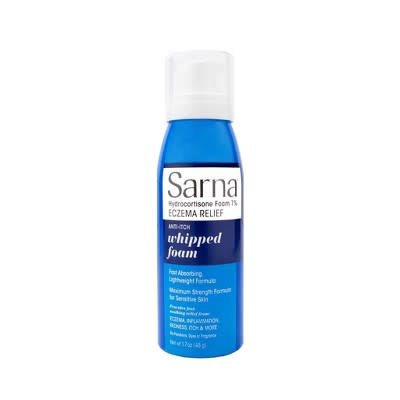
Sarna 1% Hydrocortisone Whipped Foam $ at Amazon
Sarna 1% Hydrocortisone Whipped Foam $ at Target
Sarna 1% Hydrocortisone Whipped Foam $ at Walmart
Himalaya Antiseptic Cream
This cream swaps typical active ingredients for Ayurvedic staples, such as almond, aloe vera, and five-leaved chaste tree. “It has a very subtle scent, and I like it because it doesn’t burn or tingle,” says Select associate commerce editor Nishka Dhawan. “It rubs easily into my skin and provides relief within minutes.” It’s also not sticky, she says.
Active ingredients: Aloe vera, almond | Best for: Itching and pain
Himalaya Antiseptic Cream
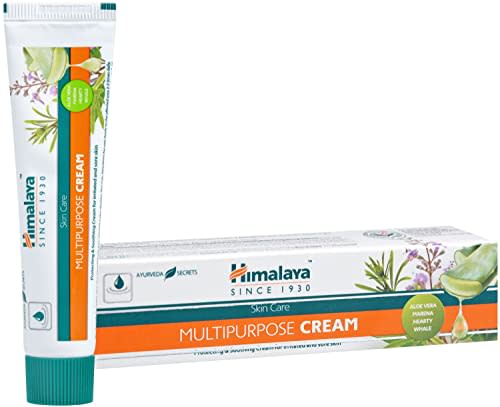
Bug Bite Thing Suction Tool
This tool is Amazon’s top selling bug bite treatment; it uses suction to remove the irritant from skin. “I haven't been able to find any real scientific study, but the reviews and videos do indicate that it can work when used as quickly as possible after a bite,” says King. Fenton also agrees that speed is key. “Physiologically speaking, it would likely need to be used very quickly after a bite to be effective at all,” says Fenton. It's reusable, lightweight and portable, which may explain why it has an average 4.0-star rating from over 79,000 reviews on Amazon.
Active ingredients: None | Best for: Itching and pain
Bug Bite Thing Suction Tool

Bug Bite Thing Suction Tool $ at Amazon
Bug Bite Thing Suction Tool $ at Target
Bug Bite Thing Suction Tool $ at Walmart
Cortizone-10 Maximum Strength Anti-Itch Creme
Another steroid-based option, “this is good for relieving the itching, pain and redness of small bites and stings from mosquitoes and bees,” says Smith. It has aloe vera to calm skin, plus, you can use it anywhere on the body, according to the brand. “The dose of steroid is low, so it’s relatively safe for all skin areas,” he says.
Active ingredients: Hydrocortisone | Best for: Itching, redness and pain
Cortizone-10 Maximum Strength Anti-Itch Creme
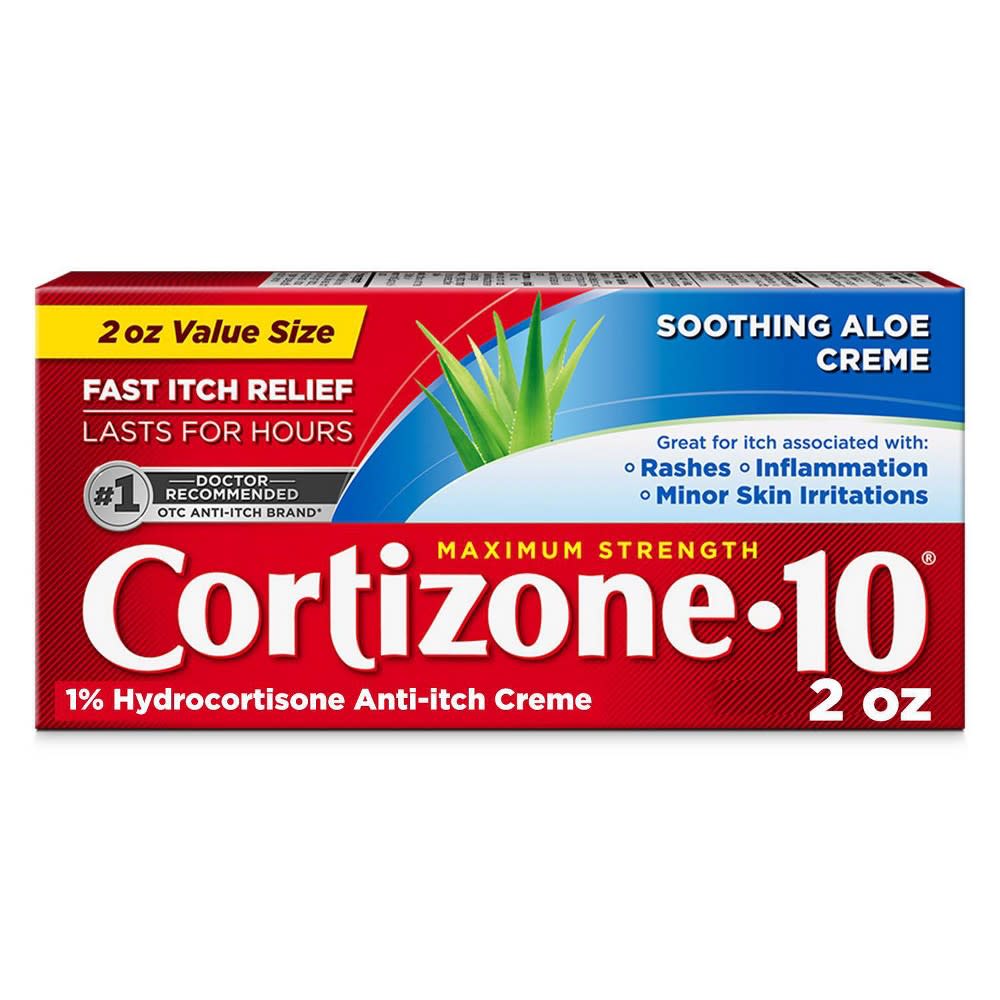
Cortizone-10 Maximum Strength Anti-Itch Creme $ at Target
Cortizone-10 Maximum Strength Anti-Itch Creme $ at Walgreens
Cortizone-10 Maximum Strength Anti-Itch Creme $ at Amazon
Caladryl Lotion Calamine Plus Itch Reliever
Recognizable for its pink hue, calamine has long been a go-to for alleviating the itchiness of bug bites. King says that any drugstore formula, including this one, should do the trick to prevent scratching; it also includes a topical analgesic to ease pain, too. “Keep in mind that temporary localized use of calamine can be helpful and have anti-itching effects, but chronic use can be irritating and drying to the skin,” she says. In other words, use in moderation.
Active ingredients: Calamine, pramocaine | Best for: Itching and pain
Caladryl Lotion Calamine Plus Itch Reliever

Caladryl Lotion Calamine Plus Itch Reliever $ at Amazon
Caladryl Lotion Calamine Plus Itch Reliever $ at Walgreens
Caladryl Lotion Calamine Plus Itch Reliever $ at Walmart
How to identify a bug bite
It’s not always possible to identify the difference between a big bite (or a series of bug bites) and a skin rash that occurs for entirely separate reasons. That said, certain patterns can be highly suggestive of bites and are otherwise difficult to explain, says King.
The good news is that while it can sometimes be tricky to distinguish between a rash or a bug bite, many of the ingredients used in bug bite treatments, such as corticosteroids, are often used to treat skin rashes. If you’re not sure what you’re working with, consult your doctor to be safe.
“Any signs of infection — increasing pus, tenderness, inflammation, warmth, redness — should be addressed by a doctor,” says King. The same goes for certain patterns, like a rash in the shape of a bull’s eye that appears around a tick bite. “That can present as the first symptom of Lyme disease,” she says.
How to shop for bug bite treatments
When you’re shopping for bug bite treatments, it helps to consider an antihistamine, and symptoms in question. Here’s what the experts recommend considering when you’re treating a bug bite.
Consider the active ingredient: Popular ingredients you’ll find on the shelf include steroids, which can target the inflammation triggered by the body’s immune response to the bug bite, as well as anti-itch ingredients like calamine and ammonia.
Pay specific attention to antihistamines: An allergic reaction to a bug bite can range from mild redness and swelling to anaphylactic reaction, which is a medical emergency. Some reactions may call for an oral antihistamine, which is a drug that blocks the activity of histamine (the main molecule that is released during an allergic reaction), according to Smith.
Avoid certain ingredients: While oral antihistamines can be helpful, Smith isn’t a fan of topical formulas, the primary one being Benadryl cream. When topically applied, Benadryl can be irritating and can even, ironically, trigger an allergic reaction — which may only make your bug bites worse, according to Smith. Also depending on where the bite is located, use numbing ingredients, such as lidocaine, with caution. “They can also induce an allergic reaction, especially if used in sun-exposed areas,” says Smith.
Factor in your symptoms: Even if you’re not sure what exactly bit you, you can use your symptoms to guide you to the right treatment. For instance, if you have itchiness, “calamine works by giving a cooling and calming effect when it evaporates,” says Smith. For that reason, it’s ideal for mosquito bites, but may not be helpful in the case of a bee sting, he says.
Know when to see your doctor: “Monitor [your bites] for any other sort of rashes or systemic symptoms such as fevers, chills, headache, joint pain or other flu-like symptoms, as these could be symptoms of Lyme disease or another tick-borne illness,” says Fenton. In the United States, even mosquito bites can contribute to illnesses so look out for rashes and similar symptoms, he says.
How to prevent bug bites
Insect sprays formulated with DEET, or N,N-diethyl-meta-toluamide, is your best protection against bite, according to our experts. Along with wearing long pants and long-sleeved shirts, apply “insect spray on all exposed areas and some areas of clothing,” says Fenton. “There are also chemicals such as permethrin that you can use to treat your clothing. These will all help prevent the bug bites.”
Another option is to use products with picaridin instead of DEET, which Smith prefers “as it is plant-derived, odorless and not sticky or greasy. It is also less irritating to the skin than DEET."
Other natural products, like oil of lemon eucalyptus, have been shown to be effective, according to Smith. What’s not particularly effective: citronella, however nice the candles may look.
How to apply a bug bite treatment
Before you treat your bug bite, “clean the area with soap and water and refrain from scratching, because this can introduce bacteria and lead to an infection,” says King. Then, apply your lotion or cream of choice, and “consider an oral antihistamine,” she says. (It’s safe to combine these two, and there are no additional precautions to worry about besides those you’d take for either treatment alone — for instance, be careful driving if you’re taking an oral antihistamine.)
Also worth keeping in mind: If you use a topical corticosteroid cream, even at an over-the-counter concentration, you shouldn’t use it for more than two weeks, maximum, according to King. Otherwise, you’ll risk thinning the skin with long-term use.
Meet our Experts
At Select, we work with experts who have specialized knowledge and authority based on relevant training and/or experience. We also take steps to ensure that all expert advice and recommendations are made independently and with no undisclosed financial conflicts of interest.
Dr. Martin Smith is a double board-certified allergist and immunologist in Cleveland, OH, and the founder of Untoxicated Skincare.
Dr. Hadley King is a board-certified dermatologist in New York City.
Dr. Jeremy Fenton is a board-certified dermatologist at Schweiger Dermatology in Long Beach and New York, NY.
Why trust Select?
Deanna Pai is a freelance beauty writer and editor who has been covering beauty and health for more than a decade, including topics like sun protection and psoriasis. For this article, Pai spoke to two dermatologists and an allergist and immunologist to narrow down the best ways to treat bug bites, and highlighted their recommendations for the best products to consider.
Catch up on Select's in-depth coverage of personal finance, tech and tools, wellness and more, and follow us on Facebook, Instagram and Twitter to stay up to date.
